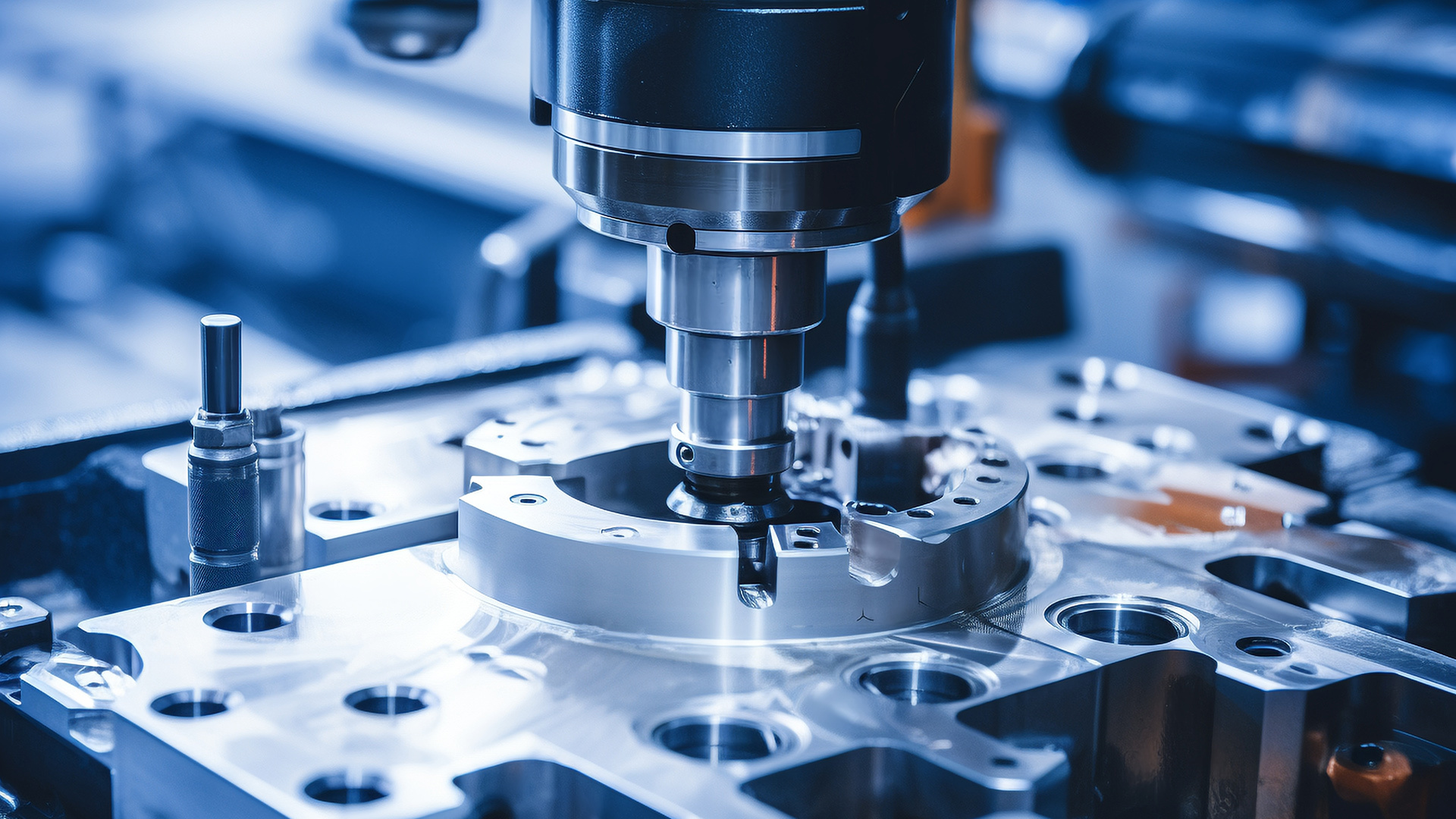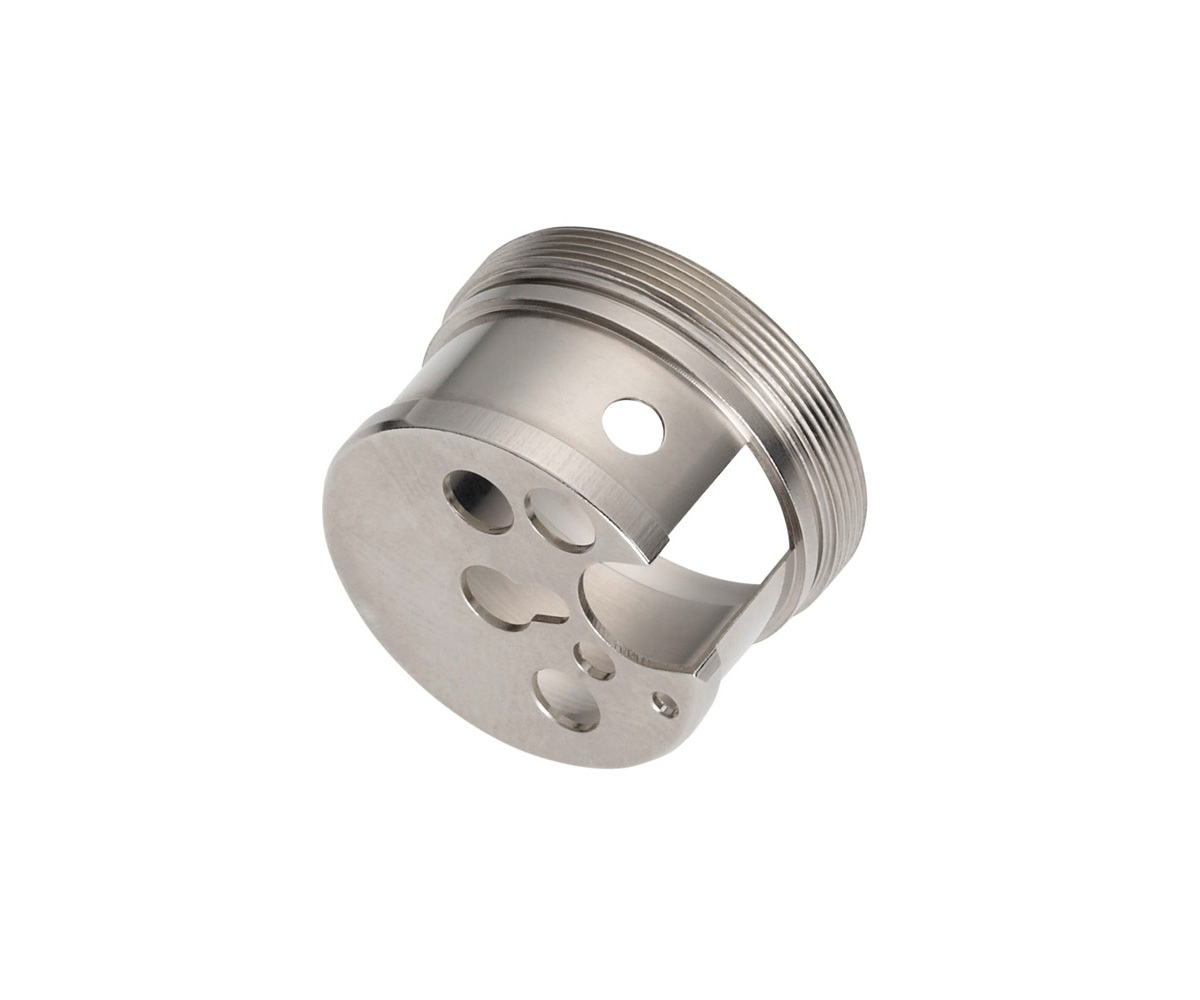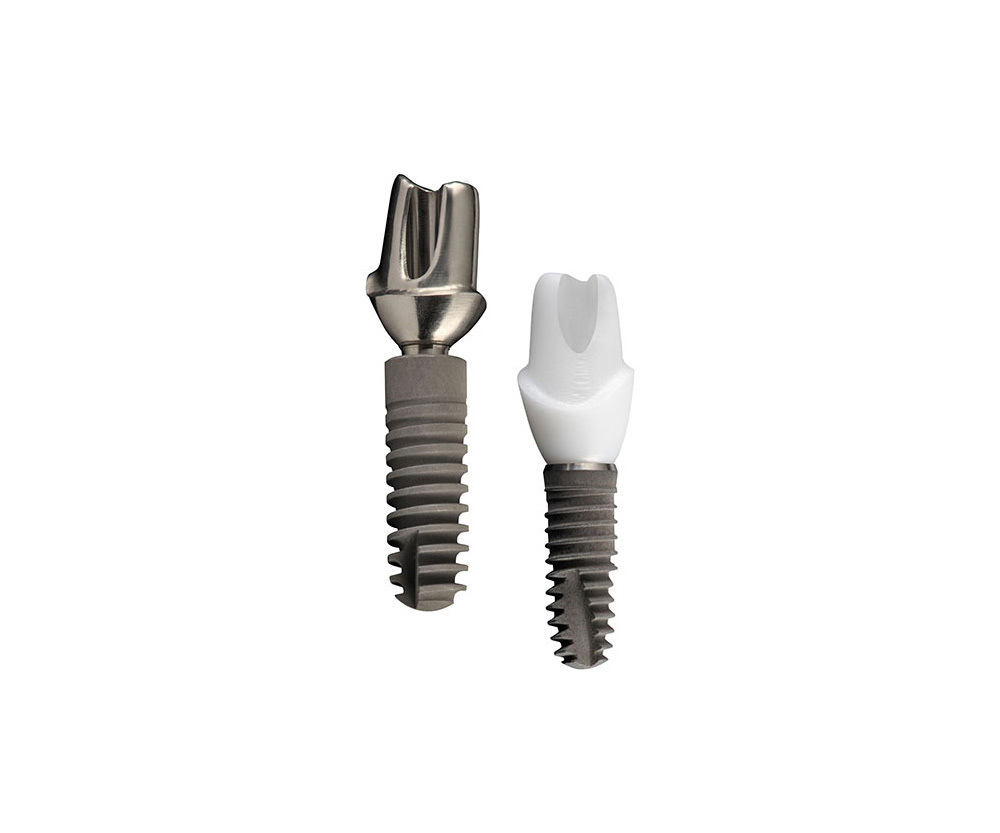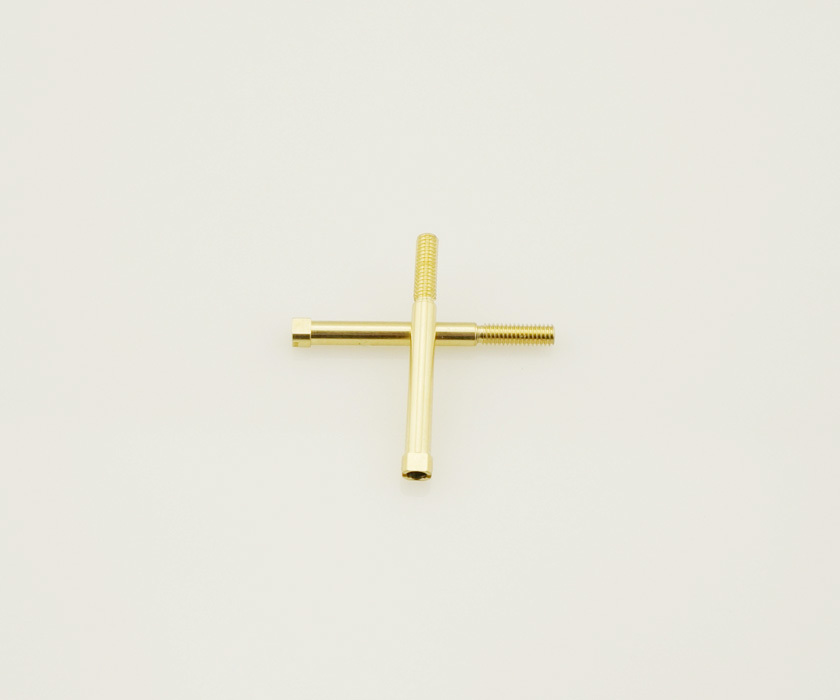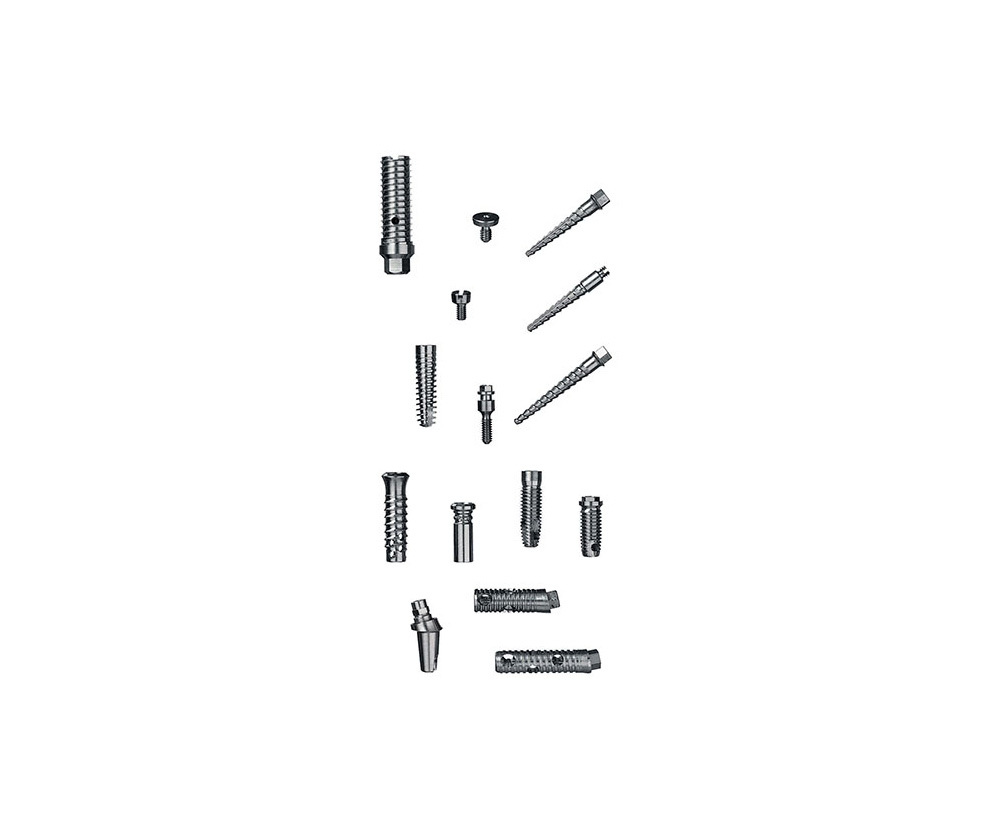
Share
Bone screw
Product model:
Still thinking about it? If you want to get a sample first,Please contact us!
- Product Description
-
Introduction
A bone screw is a medical device used in orthopedic surgery. It is mainly used to fix fractured bone fragments, connect implanted orthopedic devices (such as bone plates) and bones, or reattach soft tissues (such as ligaments and tendons) to bones. It can provide stable fixation, promote bone healing and restore normal anatomy.
Structure composition
Head:
Various shapes, common hexagonal, plum blossom, hexagon, etc. These shapes are for ease of operation using a tool such as a corresponding screwdriver to screw the screw into or out of the bone. For example, a bone screw with a hexagonal head can be tightened with a standard hexagonal wrench, which is easy to operate and can provide sufficient torque to ensure the fixation of the screw.
The size of the head varies according to the purpose and model of the screw. Some heads are designed to be relatively flat to reduce irritation to surrounding soft tissue after implantation, while others are relatively large and are used to withstand greater tension or pressure. For example, the head used to fix pedicle screws in spinal surgery is usually large because it needs to bear a large load such as body weight.
Screw:
It is the main part of the bone screw, usually made of medical stainless steel, titanium alloy and other materials. These materials have good biocompatibility, high strength and corrosion resistance. Medical stainless steel is relatively low in price and widely used, but titanium alloy has better biocompatibility and is more popular in some operations that require higher tissue response (such as maxillofacial surgery).
The surface of the screw is usually threaded, and the design of the thread is very important for the fixing effect of the screw. Threads can be divided into cortical threads and cancellous threads. The thread spacing of cortical bone is relatively small and the thread is shallow, which is suitable for fixation in cortical bone (the hard part of the outer layer of bone) and can provide better holding force. The thread spacing of cancellous bone is larger and the thread is deeper, which is used for cancellous bone (the spongy part inside the bone) and can obtain good fixation effect in relatively loose bone.
Tip:
Skeletal screws also have a variety of tip shapes. Common self-tapping type and non-self-tapping type. The self-tapping tip has a sharp cutting shape and can self-tap the thread when screwing into the bone without the need for pre-drilling (but in some hard bones, drilling may also be required to guide). This type of screw can save surgery time. Non-self-tapping tips are relatively blunt and require drilling into the bone before screwing in, which allows for more precise control of the placement and orientation of the screw.
Working principle
When used for fracture fixation, by drilling holes in the bone at both ends of the fracture (this step may not be required for self-tapping screws), and then screwing in the bone screws. As the screw is screwed in, its thread is tightly engaged with the bone, generating friction and mechanical holding force, pulling the fractured bone fragments together and fixing them together. When connecting the bone plate and the bone, the bone screw passes through the hole on the bone plate and is screwed into the bone, so that the bone plate is closely attached to the bone surface. Through the bridging effect of the bone plate and the fixing effect of the screw, it provides stable support for the fracture site and promotes fracture healing. When used for soft tissue attachment, the soft tissue is also fixed in place in the bone by the fixation of screws.
Application areas
limb fracture surgery: In the treatment of arm fractures (such as ulna and radius fractures) and leg fractures (such as tibia and femur fractures), bone screws are one of the most common fixation devices. It can be used alone or in conjunction with instruments such as bone plates to help restore bone continuity, enabling patients to perform early functional exercises and reducing complications.
Spinal Surgery: For example, in spinal fracture, spinal deformity correction surgery, pedicle screw is the key fixation device. It provides strong support and stability for the spine by fixing it on the pedicle of the spine, ensuring the normal physiological curvature and mechanical balance of the spine, and playing an important role in restoring the function of the spine and preventing further damage.
Maxillofacial Surgery: In the process of maxillofacial fracture repair, orthognathic surgery, etc., bone screws are used to fix the fractured jaw or adjust the position of the jaw. Because of the complex anatomical structure of maxillofacial bone, there are many important nerves, blood vessels and soft tissues around, the material, shape and precision of bone screws are very high. Titanium alloy bone screws are widely used in this field because of their good biocompatibility and precise size design.
Features
Good biocompatibility: High-quality bone screw materials (such as titanium alloy and medical stainless steel) can minimize adverse reactions to human tissues and reduce the probability of complications such as infection and inflammation. These materials are well received by the patient's body and do not cause a serious immune response during long-term implantation.
Fixed effect stability: With precise thread design and suitable implantation, the bone screw can achieve firm fixation on the bone. Whether in the cortical bone or cancellous bone, it can provide sufficient mechanical holding force according to the characteristics of the bone to ensure the stable connection between the fracture site or the implanted device and the bone, which is conducive to the healing and rehabilitation of the bone.
High accuracy requirements: The implantation of bone screws requires a precise surgical operation. Doctors need to accurately select the type, size, implantation position and direction of the screw according to the patient's bone structure, fracture type and other factors. During the operation, a slight deviation may lead to poor fixation effect and damage to surrounding tissues (such as nerves and blood vessels). Therefore, the technical level and experience of the surgeon are required to be high.
Online consultation
If you are interested in our products, please leave your email, we will contact you as soon as possible, thank you!
Related Products




